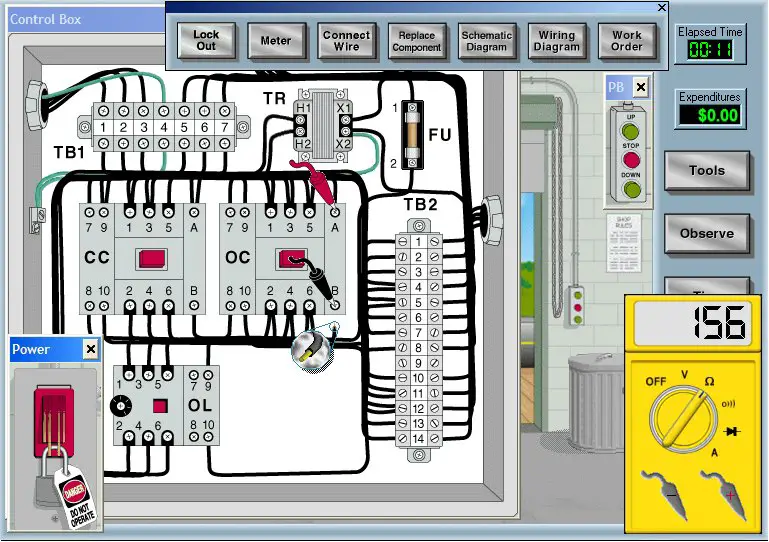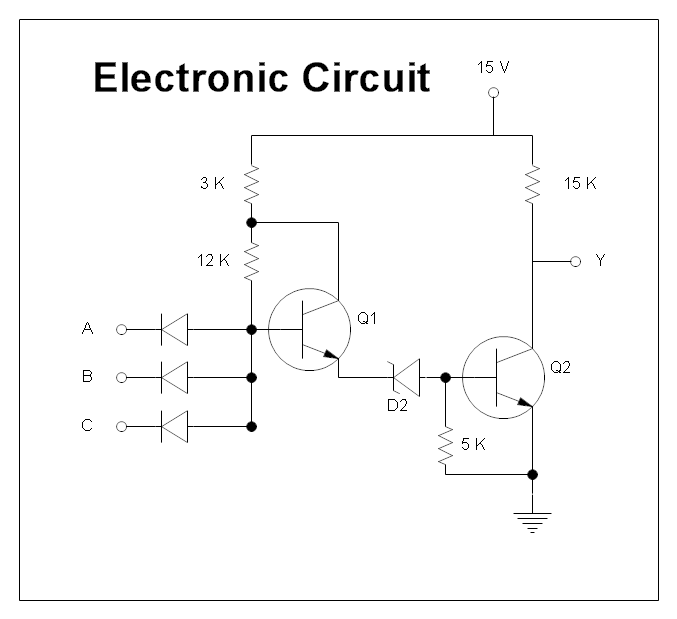
Electronic Schematics And Circuits Software On This
The combination of components and wires allows various simple and complex operations to be performed: signals can be amplified, computations can be performed, and data can be moved from one place to another.around the world to be better at understanding and maintaining computers and electronic devices using schematics and successful maintenance secrets.The free and/or open source electronic circuit simulation software on this page allow you to design, analyse and test a circuit virtually in a browser or on a computer. They simulate the behaviour of an electronic device/circuit, and are often used because it is cheaper, quicker and often more practical to simulate a circuit than to physically.
35 MUSICAL INSTRUMENTS AND SONG WRITERS OVER 500 Electronic.They can be constructed of discrete components connected by individual pieces of wire, but today it is much more common to create interconnections by photolithographic techniques on a laminated substrate (a printed circuit board or PCB) and solder the components to these interconnections to create a finished circuit. In an integrated circuit or IC, the components and interconnections are formed on the same substrate, typically a semiconductor such as silicon or (less commonly) gallium arsenide.Breadboards, perfboards, and stripboards are common for testing new designs. They allow the designer to make quick changes to the electronic circuit during development.Electronic circuits can usually be categorized as analog, digital or mixed-signal circuits (a combination of analog and digital circuits). Circuits and Electronics Lecture Notes. The course introduces the fundamentals of the lumped circuit abstraction. It covers the following topics: Basic circuit analysis method, Superposition, Thevenin and Norton, The digital abstraction, Inside the digital gate, Nonlinear analysis, Incremental analysis, Dependent sources and amplifiers, MOSFET amplifier large signal analysis, Small signal.
As the name implies, block diagrams represent any part, component, or system as a simple geometric shape, with each block capable of representing a single component (such as a relay) or an entire system. They depict every component in a circuit, the component’s technical information (such as its ratings), and how each component is wired into the circuit.Block diagrams are the simplest type of drawing. Electronic schematics represent the most detailed category of electronic drawings. To read and understand an electronic diagram or electronic schematic, the basic symbols and conventions must be understood.Electronic prints fall into two basic categories, electronic schematics and block diagrams.


As with electrical systems, the relays and contacts shown are always in the de-energized condition. Normally the pictorial layout would be accompanied by a parts list.Figure 4 B : Printed Circuit Board LayoutFigure 4 Comparison of an Electronic Schematic Diagram and its Pictorial Layout Diagram Reading Electronic Prints, Diagrams and SchematicsTo properly read prints and schematics, the reader must identify the condition of the components shown and also follow the events that occur as the circuit functions. This provides a two-dimensional drawing, usually looking down from the top, detailing the components in their location.Shown in Figure 4 is the schematic for a circuit and the same circuit drawn in pictorial or layout format for comparison. These drawings show the actual layout of the components on the circuit board.
In this convention, dots on the primary and secondary indicate current flow into the primary and out of the secondary at a given instant of time. When power is supplied by a transformer, polarity marks will aid in determining current flow. Generally, power will be shown one of two ways, either as an input transformer, or as a numerical value. In this section, only the basics will be covered to assist in reading skills.The first observation in dealing with a detailed electronic schematic is the source and polarity of power. Knowledge of the workings of these devices is necessary to determine current flow.
When polarities are shown, current flow can be established and ground may not always be shown.With the power sources located and the ground point established, operation of the devices can be determined.The most common semiconductor devices are the transistor and the diode. The direction of current flow can be determined by observing the polarity of the power supplies. Ground is usually depicted by the use of the ground symbol that was shown previously. Unless specified as an Alternating Current (AC) power source, the voltages can normally be assumed to be Direct Current (DC).Figure 6 Schematic Showing Power Supply ConnectionsIn any circuit, a ground must be established to create a complete current path. These markings are usually at the top and bottom of schematics, but not always.In the example shown in Figure 6, power is shown at both the top and bottom in a circuit using two power sources. These values are stated numerically with polarity assigned (+15 volts, -15 volts).
The direction of the arrow indicates type, as shown in Figure 2. The designation indicates the direction the electrons move through the device. The semiconductor will be one of two varieties, the PNP or NPN.
Notice that when current flows, it does so in the direction of the arrow.Figure 9 uses a PNP transistor. If the input is also positive, the transistor will conduct.If the input goes negative, as in Figure 8, the conduction of the device stops because the input, or in this case the base junction, controls the transistor condition. In Figure 7, the transistor has a positive power supply with ground on the emitter. From + to -), current will travel through the transistor from most positive to least positive and in the direction of the arrow on the emitter. Using conventional current flow (i.e. These are too numerous to cover here, so only the most common and basic configuration (the common emitter) will be shown.Even though transistors contain multiple junctions of p- or n-type material, current flow is generally in the same direction.
This may be done in many ways, but generally the line or conductor to be continued will end at a terminal board. Commonly, one circuit will interface with other circuits, which requires a method that allows the reader to follow one wire or signal path from the first drawing to the second. The lines in or around these bistables not only mark them as bistables, but also indicate how they function.Figure 11 (B) shows the various conventions used to indicate bistable operation. In most cases, bistables will be indicated by a box or circle, as shown in Figure 11 (A). The diode symbol, like the transistor symbol, shows the direction of conduction by the direction of the arrow, which is from positive to negative.Although these simple rules will not allow you to read all electronic schematics, they will aid in understanding some of the basic concepts.An item that may cause confusion when reading electronic prints or schematics is the markings used to show bistable operation. However, diodes are simpler than transistors because they have only one junction and conduct in only one direction, as indicated in Figure 10.
Block diagrams provide a means of representing any type of electronic circuit or system in a simple graphic format.Block diagrams are designed to present flow or functional information about the circuit or system, not detailed component data. These simpler drawings are called block diagrams. Block Drawing SymbologyNot all electronics prints are drawn to the level of detail depicting the individual resistors and capacitors, nor is this level of information always necessary. The continuation point on the second drawing will also reference back to the first drawing and the coordinates of the continuation. To assist in locating the continuation, coordinates are provided on some drawings that indicate the location of the continuation on the second drawing. With the next drawing in hand, only the terminal board that matches the previous number needs to be found to continue.In cases where terminal boards are not used, the conductor should end with a number (usually a single digit) and also the next drawing number.
Note that block diagrams are presented in this article with electronic schematics because block diagrams are commonly found with complex schematic diagrams to help present or summarize their flow or functional information. Whatever the block represents will be written inside.


 0 kommentar(er)
0 kommentar(er)
